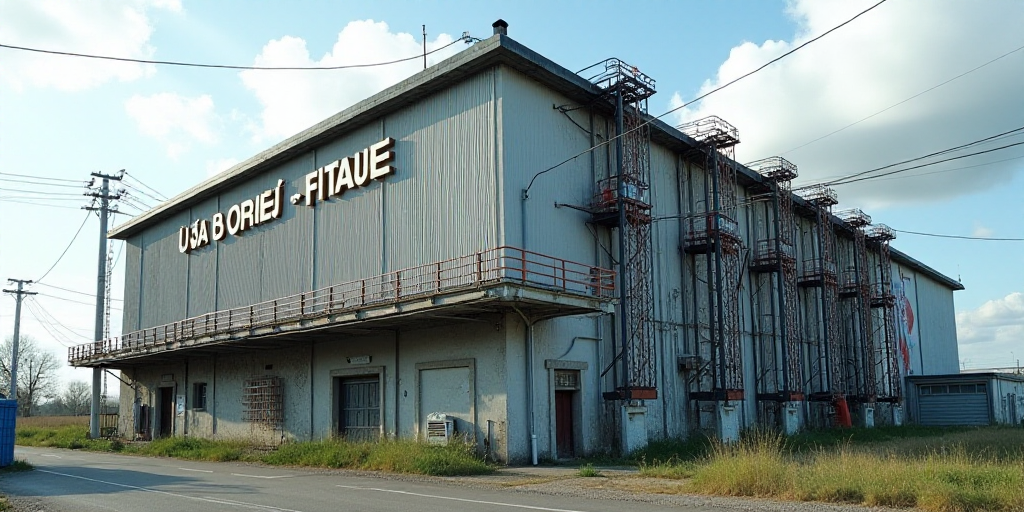Stable Electricity Supply Maintained Despite Summer Heat
The National Electric System (SEN) has maintained a sufficient Margin of Reserve (MRO), averaging over 12%, ensuring no need for industrial consumption reduction during peak demand hours. This stability is crucial as summer approaches, typically the most critical period for electricity demand.
Key Metrics and Performance
- The MRO in the Sistema Interconectado Nacional (SIN) has been above 12% on average throughout 2025.
- On June 9, the MRO reached 9.69% during peak demand (52,945 MW).
- Baja California and Baja California Sur systems maintained MRO above 10% during their peak demand periods.
- Yucatán and Quintana Roo regions, with a maximum demand of 2,991 MW on May 27, have had sufficient generation capacity to meet their needs.
Actions in Generation Matters
The CFE and CENACE have taken several preventive measures to ensure a reliable electricity supply, including:
- Scheduled maintenance of power plants during low-demand periods, primarily winter, with 270 maintenance events totaling 27,923 MW (over half of Mexico’s daily energy consumption).
- Proper planning for fuel supply during peak demand periods to avoid service interruptions.
- Suspension of operations that could jeopardize generator reliability during peak demand hours.
- Keeping strategic cold-reserve power plants operational, providing up to 7% additional generation capacity.
- Restoring previously out-of-service units, increasing MRO.
- Bringing combined-cycle power plants Salamanca, Villa de Reyes, and Mérida IV into operation.
- Upcoming new generation plants (CCC Manzanillo III, Sauz II, and González Ortega) and those planned in the expansion program will strengthen SEN and meet current and future energy demands.
Attention to Electric Networks
Preventive actions have been taken to minimize the risk of failures in both the National Transmission Network and the General Distribution Network, such as:
- Activating the Trifasic Autotransformer (AT-01) in Malpaso Dos Substation, Chiapas, enhancing transformation capacity in SEN’s Southeastern zone.
- Aerial and ground surveillance of transmission lines using thermal imaging to detect damage promptly.
- Clearing brush and trimming trees near transmission and distribution lines.
- Removing bird nests from power poles and towers affecting line operation.
- Replacing worn-out or damaged equipment.
- Replacing affected towers and poles due to operational time.
- Expanding transformation and distribution capacity in CFE networks.
- Increasing substation capacity at high-demand energy points.
- Intensive maintenance on high-energy load transmission nodes.
- Continuous CFE in Your Colony program nationwide, providing mobile attention and immediate solutions to user reports.
Swift Response to Adverse Weather Events
In 2025, CFE and CENACE have effectively addressed 8 cold fronts in Baja California, Chihuahua, Durango, Nuevo León, Veracruz, Puebla, Estado de México, and Mexico City, with an average restoration time of less than 24 hours. They have also swiftly responded to tropical cyclones like Barry and Hurricane Erick (Category 4), impacting Guerrero and Oaxaca with 276,910 affected users. In less than 23 hours, 62% of users regained service; within 48 hours, it reached 89%; and under 95 hours, 100% regained access.
Prioritizing National Electricity Supply
Ensuring a stable electricity supply across Mexico remains a top priority for the Energy Sector in this administration. CFE and CENACE continue coordinating efforts to guarantee electricity supply and proactively address potential reductions in consumption across any productive or domestic sector.






